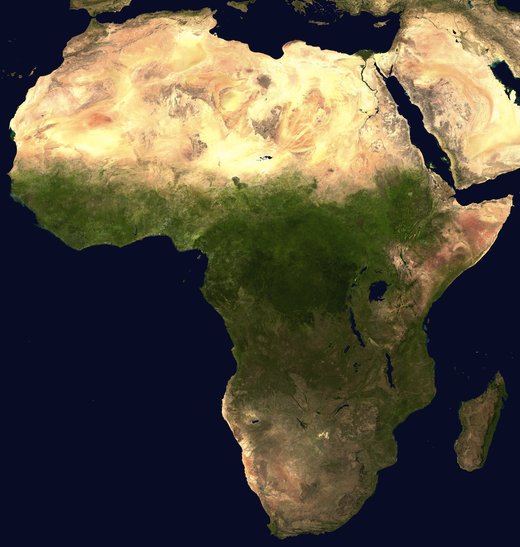11 December 2013
Only 4% of major construction projects in Africa are delivered by the public-private partnership (PPP) model, according to a new report.
The infrastructure development boom across Africa has attracted investments totalling $222.7 billion spend on a total of 322 projects, but the majority of these are classic, government-funded projects, says the report by Deloitte.
However, Deloitte says there is a growing realisation in many countries that government alone cannot close the infrastructure gap on the continent and that PPPs are becoming increasingly accepted.
Now only 4% of projects are jointly owned between governments and the private sector through PPPs, while 56% of projects are owned by governments.
Partner at Deloitte, Mark Smith, said government policies on PPPs “are still in their infant stages”.
He told Ugandan newspaper, The Observer, that private investors have failed to commit to PPPs because of the uncertainties involved in dealing with governments.
“The private side has uncertainties. If they invest, how much return would they get?” he said.

Construction projects in Africa are mostly owned by government (Wikimedia Commons)
Mr Smith believes that governments should have “a much more focused view” on what is needed in a public-private partnership, such as specifications on legal procedures, agreements and capacity developments, and contracts that clearly define the relationship between government agencies and private firms.
The majority of funding (36%) on the continent is provided by Development Finance Institutions (DFIs), of which International DFIs account for 16% and Africa DFIs, 13%.
Seven percent of the total projects are co-funded by International and Africa DFIs.
The report looked at 322 projects in Africa, focusing on projects valued at more than $50m on which construction began, but were not completed, before 1 June 2013.
The top sectors, rated by investment value, are energy and power (36%), transport (25%), mining, real estate and water, followed by oil and gas.
The report, African Construction Trends Report 2013, is available here






